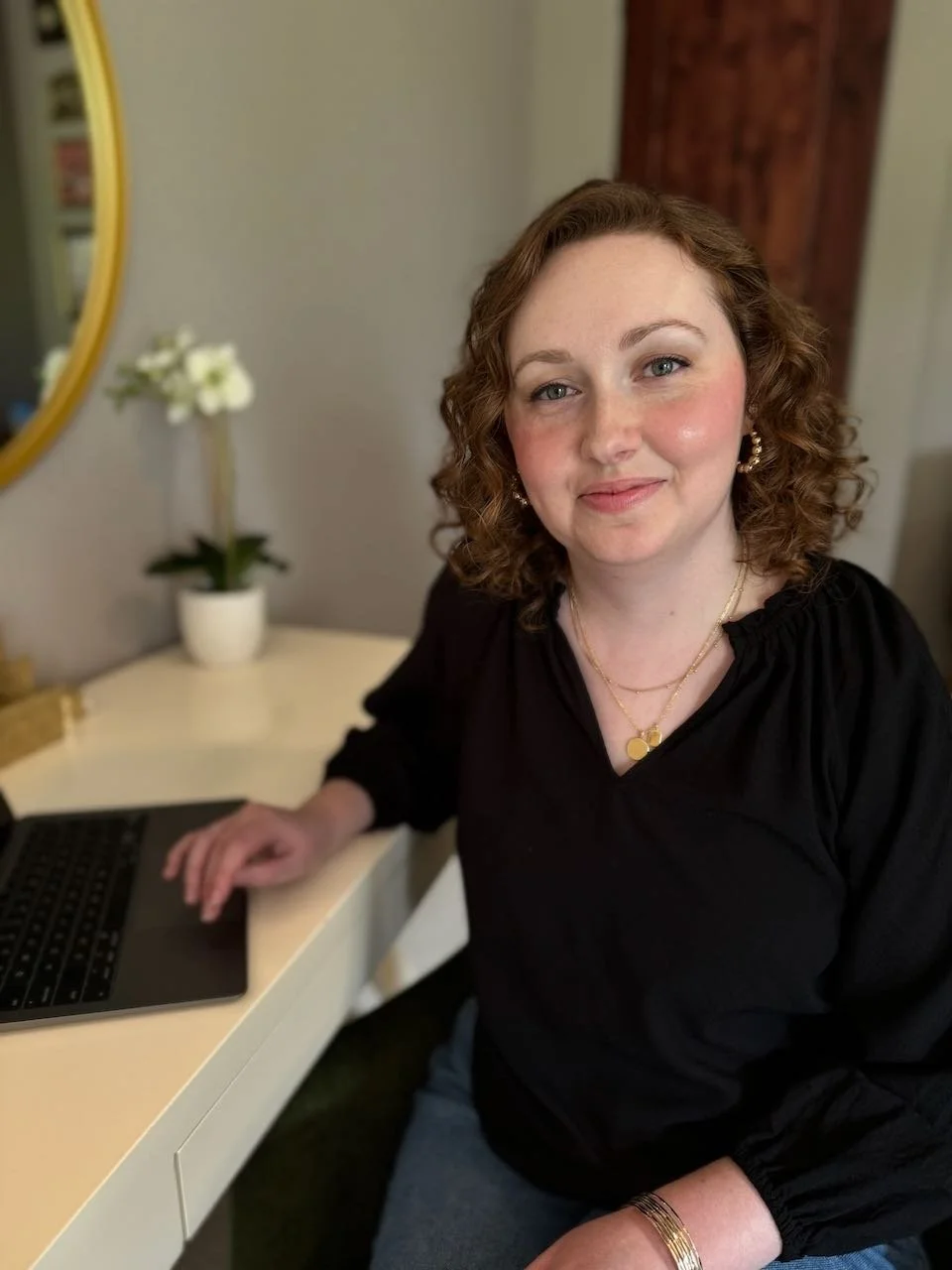
EMDR Therapy in Fort Collins, CO
What Is EMDR Therapy?
When something overwhelming or distressing happens, your brain may not have time or space to fully process it. The memory of what happened can get "stuck" in your nervous system, much like a mental file that’s left open for too long, creating negative images, beliefs, and body sensations. Even years later, small triggers can bring you right back to that moment.
This traumatic event could’ve been a car accident, an assault, or the loss of someone close to you. It could’ve also been a long-term experience, such as being in a toxic or abusive relationship or growing up in an unstable living environment.
All of these experiences can disrupt your sense of safety and make you feel anxious and on edge, as if you’re constantly waiting for the next bad thing to happen. You might find yourself avoiding anything that reminds you of your trauma or dissociating and “shutting down” to escape the pain.
EMDR, or Eye Movement Desensitization & Reprocessing, is a powerful, evidence-based approach to therapy that seeks to help people process and resolve traumatic memories. Unlike some talk therapies that focus on changing thoughts or developing coping skills to manage the pain of trauma, EMDR goes deeper. It works directly with the nervous system to clear trauma stored in the body and mind. This makes it especially effective for people who’ve been in talk therapy for a long time but still feel stuck.
What Makes EMDR Therapy So Powerful?
EMDR is highly effective and research-backed. Since its inception in 1987, when Dr. Francine Shapiro discovered that eye movements are capable of reducing PTSD symptoms, numerous studies have supported EMDR’s efficacy. Most of these studies have found that after just three to six sessions of EMDR treatment, 77 to 90 percent of trauma survivors have no more PTSD symptoms. Many of these same clients spent years in talk therapy without finding relief before trying EMDR.
Because of its success in treating trauma, EMDR is recognized as a gold-standard approach by The World Health Organization and the American Psychiatric Association. Today, EMDR is used to help clients struggling with anxiety, depression, grief and loss, and many other emotional and behavioral challenges.
Part of what makes EMDR so effective is that, unlike most talk therapies, it doesn’t require you to go into detail about your trauma. In fact, you’re welcome to share as much or as little as you’re comfortable sharing. The bilateral stimulation exercises at the heart of EMDR bypass the need to discuss what happened, initiating change on a deeper level and engaging with the subconscious and the sensory body.
Have any questions? Send me a message!
How Does EMDR Therapy Work?
EMDR is more structured than traditional talk therapy. It begins with resourcing, which means building tools to help you feel grounded, calm, and safe before processing any tough memories. Many of the tools I use during the resourcing stage are rooted in Internal Family Systems (IFS), an approach to therapy that views the self as a system of parts.
The reason IFS works well with trauma-informed approaches like EMDR is that, after a traumatic experience, certain parts of your personality go into protective mode to guard against the pain of trauma. EMDR accesses the protective parts that keep old wounds locked in place. It helps these parts feel safe enough to let go of fear and shame, allowing healing to happen deep inside and freeing clients from emotional burdens that block growth.
Once your protective parts feel safe and you are ready for EMDR treatment, you will engage in a series of bilateral stimulation exercises—using tapping, sound, or eye movements—while you focus on a particular memory or emotional pattern. This process helps both sides of the brain communicate, allowing the memory to be reprocessed in a new way. Over time, the distress fades and old beliefs wash away, making room for a greater sense of peace, safety, and clarity.
In my virtual counseling sessions, I am able to adapt traditional EMDR techniques for an online setting. For bilateral stimulation, I use a computer program that provides visual or auditory signals that you can engage with through your screen. I can also instruct you on tactile bilateral stimulation exercises—such as tapping—by observing your movements through our video connection. In many ways, virtual EMDR treatment is just as effective as in-person sessions, as the techniques are easily translatable across different settings.
How Can EMDR Therapy Benefit Your Life?
One of the great things about EMDR is that it can help you make so many valuable connections between the past and the present. You can develop deeper self-awareness about how past experiences have shaped your current feelings and behaviors. And self-awareness is the first step toward deeper healing—once you’re aware of the emotional patterns controlling your life, it becomes easier to change them.
EMDR can also help you gain better emotional regulation and a stronger sense of safety in your body and mind. Like many of my clients, you may find yourself saying “I feel so much lighter” or “That memory doesn’t have a hold on me anymore” after completing EMDR.
While EMDR doesn’t erase what happened to you, it does lessen—or in some cases even eliminate—the emotional charge of your traumatic memories. This way, you can remember painful experiences without feeling upset or distressed. You can feel connected, empowered, and whole, able to be more present in your life instead of living in the past.
My Background As An EMDR Practitioner
I was inspired to integrate EMDR into my practice after experiencing it as a client and seeing its deep healing power firsthand. It helped me access and soothe parts of myself that had long been stuck in fear and pain.
I also found the science behind EMDR fascinating—how it works with the nervous system to create lasting change. This modality fits perfectly with my compassionate, parts-informed approach, allowing me to support clients in reclaiming their strength, safety, and freedom.
I completed EMDR Basic Training through an EMDRIA-approved program at Kase & Co., now known as the Trauma Therapist Institute, where I learned the core principles and techniques at the highest professional level. Since 2022, I’ve been using EMDR regularly with clients healing from trauma, anxiety, depression, and other conditions.
Today, I’m a proud member of EMDRIA and I’m nearing the completion of requirements for becoming an EMDRIA-Certified Therapist, which include advanced training, clinical consultation hours, and demonstrated experience using EMDR in practice. I am also trained in IFS-informed EMDR, which helps clients understand and care for different parts of themselves throughout the healing process.

Healing Is Possible Through The Power Of EMDR Therapy
My goal is to support you every step of the way, tailoring each phase of EMDR to your unique story and needs. My grounded and compassionate approach can help you reconnect with your inner strengths and begin the process of trusting yourself again. Over time, the hold of old fears and limiting beliefs can fade, creating space for calmness, confidence, and the freedom to live a fuller and more connected life.
If you want to experience the transformational benefits of EMDR therapy for yourself, you can use the contact form to get in touch with me. I look forward to working with you!
3950 John F Kennedy Pkwy Suite A, Fort Collins, CO 80525




